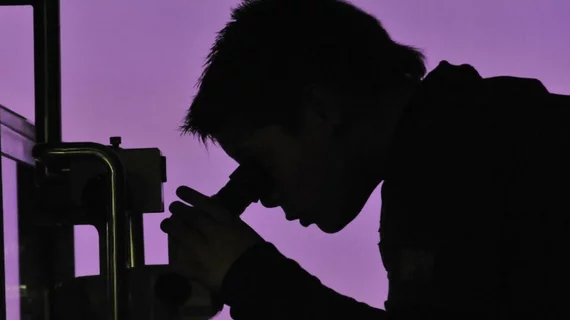Meet the gut bacteria that reduces heart disease risk
Researchers have found that bacteria in the human gut may reduce a person’s risk of heart disease, sharing their findings in the Journal of Biological Chemistry.
The bacterium in question, Eubacterium limosum, limits the production of trimethylamine, a chemical in the body associated with developing clogged arteries. Trimethylamine is produced when different intestinal microbes interact with nutrients from the food we eat.
“Over the last decade, it has become apparent that bacteria in the human gut influence our health in many ways,” senior author Joseph A. Krzycki, PhD, a professor of microbiology at Ohio State University, said in a news release. “The organism we studied affects health by preventing a problematic compound from becoming a worse one. It’s too soon to say whether this bacterium could have therapeutic value. But that’s what we’re working toward.”
A protein, MtcB, appears to be at the center of this entire process. And Krzycki says this new discovery shows just how much scientists have to learn about the various gut bacteria within the human body.
“MtcB is part of a family of proteins with thousands of representatives that may use different compounds and change what nutrients bacteria consume in the gut,” he said in the same news release. “These proteins may behave very similarly chemically, but using different compounds obviously can create big changes as far as biology goes.”
The full study is available here.

